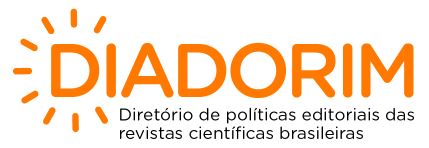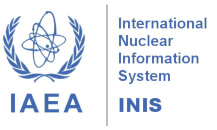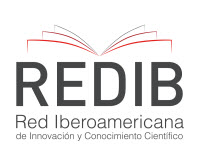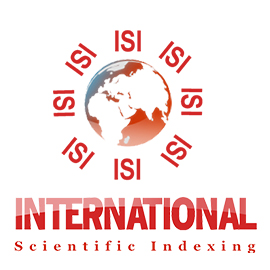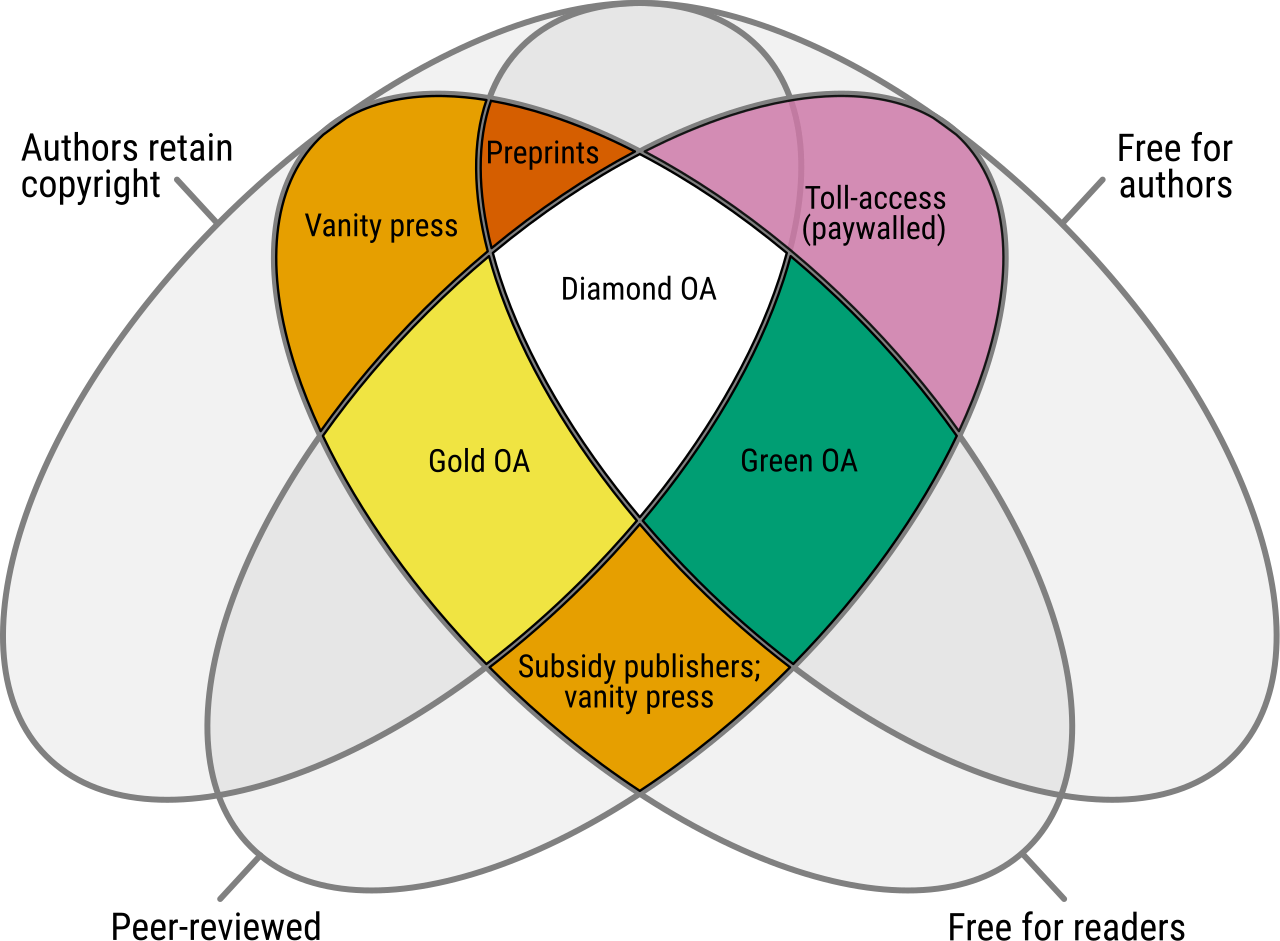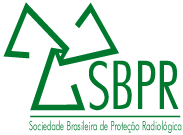The radioactive contamination of ground and surface water near a uranium mine in Malawi
DOI:
https://doi.org/10.15392/2319-0612.2024.2341Palavras-chave:
Kayelekera, Uranium mine, Radioactive element, ICP-MSResumo
Ground and surface water in the uranium mining area of Kayelekera in Malawi was assessed for concentration levels of radioactive metals. Potential health risks associated with the intake of these metals in drinking water from various sources were also estimated. Surface, groundwater and mine discharge water samples were collected and analysed for radio elemental concentration using inductively coupled plasma mass spectrometry analytical technique. The results indicated a high concentration of 238U in water samples from lower Sere river. The activity concentrations of 238U, 232Th and 40K were however below WHO recommended limit. Health risk assessment using average committed effective dose were below the global average. Excess lifetime cancer risk values with an average of for borehole water was calculated and found to be below the global average. Radiologically, the water quality of Kayelekera area post uranium mining activities has not been compromised, however close monitoring and treating of drinking water is recommended
Downloads
Referências
SOLIMAN, N.F.; YOUNIS, A.M.; ELKADY, E.M. An insight into fractionation, toxicity, mobility and source apportionment of metals in sediments from El Temsah Lake, Suez Canal. Chemosphere, 222, 165–174, 2019. DOI: https://doi.org/10.1016/j.chemosphere.2019.01.009
YANG, K.; ZHU, L.; ZHAO, Y.; WEI, Z.; CHEN, X.; YAO, C.; MENG, Q.; ZHAO, R. A novel method for removing heavy metals from composting system: The combination of functional bacteria and adsorbent materials. Bioresource technology, 293, 122095, 2019. DOI: https://doi.org/10.1016/j.biortech.2019.122095
YI, L.; GAO, B.; LIU, H.; ZHANG, Y.; DU, C.; LI, Y. Characteristics and assessment of toxic metal contamination in surface water and sediments near a uranium mining area. International Journal of Environmental Research and Public Health, 17(2), 548, 2000. DOI: https://doi.org/10.3390/ijerph17020548
DUNG, T. T. T.; CAPPUYNS, V.; SWENNEN, R.; PHUNG, N. K. From geochemical background determination to pollution assessment of heavy metals in sediments and soils. Reviews in Environmental Science and Bio/Technology, 12(4), 335-353, 2013. DOI: https://doi.org/10.1007/s11157-013-9315-1
ALI, H.; KHAN, E. What are heavy metals? Long-standing controversy over the scientific use of the term ‘heavy metals’–proposal of a comprehensive definition. Toxicological and Environmental Chemistry, 100(1), 6-19, 2018. DOI: https://doi.org/10.1080/02772248.2017.1413652
SINGH, U. K.; KUMAR, B. Pathways of heavy metals contamination and associated human health risk in Ajay River basin, India. Chemosphere, 174, 183-199, 2017. DOI: https://doi.org/10.1016/j.chemosphere.2017.01.103
OKEYODE, I. C.; MAKINDE, V.; BADA, B. S.; MUSTAPHA, A. O.; JEGEDE, O. A.; AJAYI, O. A.; OLAGBAJU, P. O. Concentration of natural radionuclides and heavy metals in quarry pit soils in Abeokuta, Ogun state, south West Nigeria. Niger. J. Phys, 27(2), 2018.
AKHTAR, N.; SYAKIR ISHAK, M. I.; BHAWANI, S. A.; UMAR, K. Various natural and anthropogenic factors responsible for water quality degradation: A review. Water, 13(19), 2660, 2021. DOI: https://doi.org/10.3390/w13192660
MARTINEZ-COLON, M.; HALLOCK, P.; GREEN-RUIZ, C. Strategies for using shallow-water benthic foraminifers as bioindicators of potentially toxic elements: a review. Journal of Foraminiferal Research, 39(4), 278-299, 2009. DOI: https://doi.org/10.2113/gsjfr.39.4.278
MOHAMMED, A. S.; KAPRI, A.; GOEL, R. Heavy metal pollution: source, impact, and remedies. Biomanagement of metal-contaminated soils (pp. 1-28). Springer, Dordrecht, 2011. DOI: https://doi.org/10.1007/978-94-007-1914-9_1
GIRI, S.; MAHATO, M. K.; SINGH, G.; JHA, V. N. Risk assessment due to intake of heavy metals through the ingestion of groundwater around two proposed uranium mining areas in Jharkhand, India. Environmental monitoring and assessment, 184(3), 1351-1358, 2012. DOI: https://doi.org/10.1007/s10661-011-2045-3
RAGHAVENDRA, T.; RAMAKRISHNA, S. U. B.; SRINIVASULU, D.; VIJAYALAKSHMI, T.; HIMABINDU, V.; ARUNACHALAM, J. Risk assessment due to intake of trace metals through the ingestion of groundwater around proposed uranium mining areas of Nalgonda district, Telangana, India. Applied Water Science, 10(1), 1-6, 2020. DOI: https://doi.org/10.1007/s13201-019-1089-3
KACMAZ, H. Assessment of heavy metal contamination in natural waters of Dereli, Giresun: an area containing mineral deposits in northeastern Turkey. Environmental monitoring and assessment, 192(2), 1-12, 2020. DOI: https://doi.org/10.1007/s10661-019-8057-0
CANU, I. G.; LAURENT, O.; PIRES, N.; LAURIER, D.; DUBLINEAU, I. Health effects of naturally radioactive water ingestion: the need for enhanced studies. Environmental health perspectives, 119(12), 1676-1680, 2011. DOI: https://doi.org/10.1289/ehp.1003224
DUBLINEAU, I.; SOUIDI, M.; GUEGUEN, Y.; LESTAEVEL, P.; BERTHO, J. M.; MANENS, L.; AIGUEPERSE, J. Unexpected lack of deleterious effects of uranium on physiological systems following a chronic oral intake in adult rat. BioMed research international, 2014. DOI: https://doi.org/10.1155/2014/181989
KURTTIO, P.; KOMULAINEN, H.; LEINO, A.; SALONEN, L.; AUVINEN, A.; SAHA, H. Bone as a possible target of chemical toxicity of natural uranium in drinking water. Environmental health perspectives, 113(1), 68-72, 2005. DOI: https://doi.org/10.1289/ehp.7475
BRUGGE, D.; BUCHNER, V. Health effects of uranium: new research findings, 231-249, 2011. DOI: https://doi.org/10.1515/REVEH.2011.032
CONDE, M.; KALLIS, G. The global uranium rush and its Africa frontier. Effects, reactions and social movements in Namibia. Global Environmental Change, 22(3), 596-610, 2012. DOI: https://doi.org/10.1016/j.gloenvcha.2012.03.007
BESADA, H.; MARTIN, P. Mining codes in Africa: emergence of a ‘fourth’generation. Cambridge Review of International Affairs, 28(2), 263-282, 2015. DOI: https://doi.org/10.1080/09557571.2013.840823
MAXWELL, O.; WAGIRAN, H.; ADEWOYIN, O.; JOEL, E. S.; ADELEYE, N.; EMBONG, Z.; TENEBE, I. T. Radiological and chemical toxicity risks of uranium in groundwater based-drinking at Immigration Headquarters Gosa and Federal Housing Lugbe area of Abuja, North Central Nigeria. Journal of Radioanalytical and Nuclear Chemistry, 311(2), 1185-1191, 2017. DOI: https://doi.org/10.1007/s10967-016-4997-9
ZAMORA, M. L.; TRACY, B. L.; ZIELINSKI, J. M.; MEYERHOF, D. P.; MOSS, M. A. Chronic ingestion of uranium in drinking water: a study of kidney bioeffects in humans. Toxicological Sciences, 43(1), 68-77, 1998. DOI: https://doi.org/10.1093/toxsci/43.1.68
HAAKONDE, T.; YABE, J.; CHOONGO, K.; CHONGWE, G.; ISLAM, M. Preliminary assessment of uranium contamination in drinking water sources near a uranium mine in the Siavonga District, Zambia, and associated health risks. Mine water and the environment, 39(4), 735-745, 2020. DOI: https://doi.org/10.1007/s10230-020-00731-5
BECKER, E.; KARNER, K.; CORBIN, J. C.; MWENELUPEMBE, J. The geology of the Kayelekera uranium mine, Malawi, 2014.
OLAGBAJU, O. P., WOJUOLA, O. B., & TSHIVHASE, M. V. Radiological assessment of irrigation water used in Rustenburg, South Africa. Radiation Protection Dosimetry, 199(8-9), 781-784, 2023.
USEPA - United States Environmental Protection Agency. Federal Guidance Report No. 13: Cancer Risk Coefficients for Environmental Exposure to Radionuclides; EPA 402-R-99−001, U.S. Environmental Protection Agency: Washington, DC, USA, 1999.
IAEA - International Atomic Energy Agency. Guidelines for radioelement mapping using gamma ray spectrometry data: In (pp.173), 2003.
RHODES, M. C.; KEIL, K. G.; FREDERICK, W. T.; PAPURA, T. R.; LEITHNER, J. S.; PETERSON, J. M.; MACDONELL, M. M. Utilizing isotopic uranium ratios in groundwater evaluations at NFSS, Water Management Conference, Tucson, Arizona, 2006.
UNSCEAR. Sources and effects of ionizing radiation: sources. Vol. 1. New York: United Nations Sales Publication, United Nations, 2000.
STEWART, F. ICRP statement on tissue reactions and early and late effects of radiation in normal tissues and organs–threshold doses for tissue reactions in a radiation protection context. ICRP Publication 118. Ann. ICRP 41(1-2), 1, 111961–322, 2012. DOI: https://doi.org/10.1016/j.icrp.2012.02.001
DOEA - Department of Environmental Affairs. The framework for the management of contaminated land, South Africa, 2010.
TURYAHABWA, E. R.; JURUA, E.; ORIADA, R.; MUGAIGA, A.; ENJIKU, B. Determination of natural radioactivity levels due to mine tailings from selected mines in Southwestern Uganda. Environmental Earth Sciences, 6(6), 154-163, 2016.
OLAGBAJU, O. P.; WOJUOLA, O. B.; TSHIVHASE, M. V. Radiological assessment of irrigation water used in Rustenburg, South Africa. Radiation Protection Dosimetry, 199(8-9), 781-784, 2023. DOI: https://doi.org/10.1093/rpd/ncad080
MAJAWA, L. J.; TSHIVHASE, V. M.; DLAMINI, T. Radioactivity assessment of surface soil in the vicinity of a uranium mine in Malawi. Radiation Protection Dosimetry, 198(17), 1353-1360, 2022. DOI: https://doi.org/10.1093/rpd/ncac173
MUHAMMAD, A. N.; ISMAIL, A. F.; GARBA, N. N. Annual effective dose associated with radioactivity in drinking water from tin mining areas in north-western Nigeria. Journal of Radiation research and applied Sciences, 15(3), 96-102, 2022. DOI: https://doi.org/10.1016/j.jrras.2022.06.008
MATHUTHU, M.; UUSHONA, V.; INDONGO, V. Radiological safety of groundwater around a uranium mine in Namibia. Physics and Chemistry of the Earth, Parts A/B/C, 122, 102915, 2021. DOI: https://doi.org/10.1016/j.pce.2020.102915
SAHOO, S. K.; JHA, V. N.; PATRA, A. C.; JHA, S. K.; KULKARNI, M. S. Scientific background and methodology adopted on derivation of regulatory limit for uranium in drinking water–a global perspective. Environmental Advances, 2, 100020, 2020. DOI: https://doi.org/10.1016/j.envadv.2020.100020
WHO - World Health Organization. A global overview of national regulations and standards for drinking-water quality, 2021.
WHO - World Health Organization. Guidelines for drinking water quality vol 1. 4th edition, 2011.
SALAHEL DIN, K.; ALI, K.; HARB, S.; ABBADY, A. B. Natural radionuclides in groundwater from Qena governorate, Egypt. Environmental Forensics, 22(1-2), 48-55, 2021. DOI: https://doi.org/10.1080/15275922.2020.1834026
ICRP - International Commission on Radiological Protection. Recommendations of the International Commission on Radiological Protection. Ann. ICRP 2008(37), 2–4, 2007.
RAVISANKAR, R.; CHANDRAMOHAN, J.; CHANDRASEKARAN, A.; JEBAKUMAR, J. P. P.; VIJAYALAKSHMI, I.; VIJAYAGOPAL, P.; VENKATRAMAN, B. Assessments of radioactivity concentration of natural radionuclides and radiological hazard indices in sediment samples from the East coast of Tamilnadu, India with statistical approach. Marine Pollution Bulletin, 97(1-2), 419-430, 2015. DOI: https://doi.org/10.1016/j.marpolbul.2015.05.058
Downloads
Publicado
Edição
Seção
Licença
Direitos autorais (c) 2024 Brazilian Journal of Radiation Sciences

Este trabalho está licenciado sob uma licença Creative Commons Attribution 4.0 International License.
Declaro que o presente artigo é original, não tendo sido submetido à publicação em qualquer outro periódico nacional ou internacional, quer seja em parte ou em sua totalidade. Declaro, ainda, que uma vez publicado na revista Brazilian Journal of Radiation Sciences, editada pela Sociedade Brasileira de Proteção Radiológica, o mesmo jamais será submetido por mim ou por qualquer um dos demais co-autores a qualquer outro periódico. Através deste instrumento, em meu nome e em nome dos demais co-autores, porventura existentes, cedo os direitos autorais do referido artigo à Sociedade Brasileira de Proteção Radiológica, que está autorizada a publicá-lo em meio impresso, digital, ou outro existente, sem retribuição financeira para os autores.
Licença
Os artigos do BJRS são licenciados sob uma Creative Commons Atribuição 4.0 Licença Internacional, que permite o uso, compartilhamento, adaptação, distribuição e reprodução em qualquer meio ou formato, desde que você dê o devido crédito ao (s) autor (es) original (is) e à fonte, forneça um link para a licença Creative Commons, e indique se mudanças foram feitas. As imagens ou outro material de terceiros neste artigo estão incluídos na licença Creative Commons do artigo, a menos que indicado de outra forma em uma linha de crédito para o material. Se o material não estiver incluído no licença Creative Commons do artigo e seu uso pretendido não é permitido por regulamentação legal ou excede o uso permitido, você precisará obter permissão diretamente do detentor dos direitos autorais. Para visualizar uma cópia desta licença, visite http://creativecommons.org/licenses/by/4.0/




